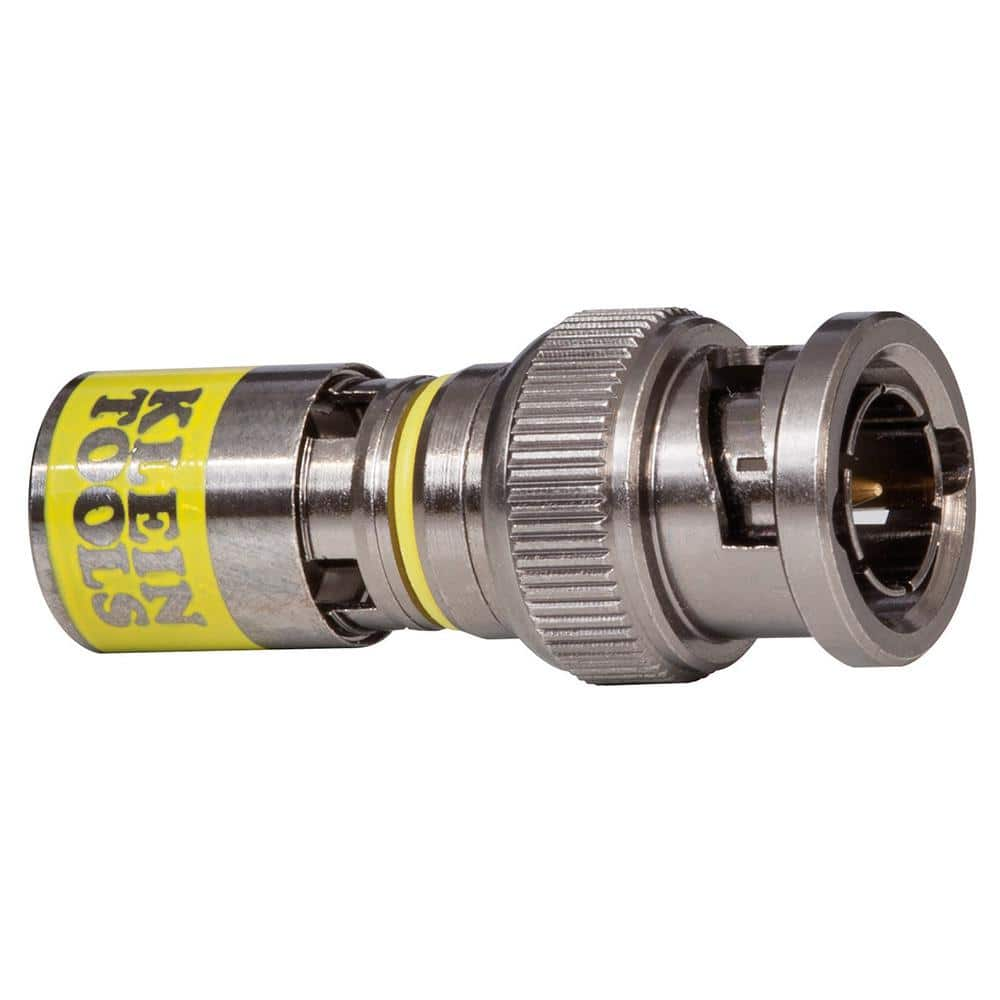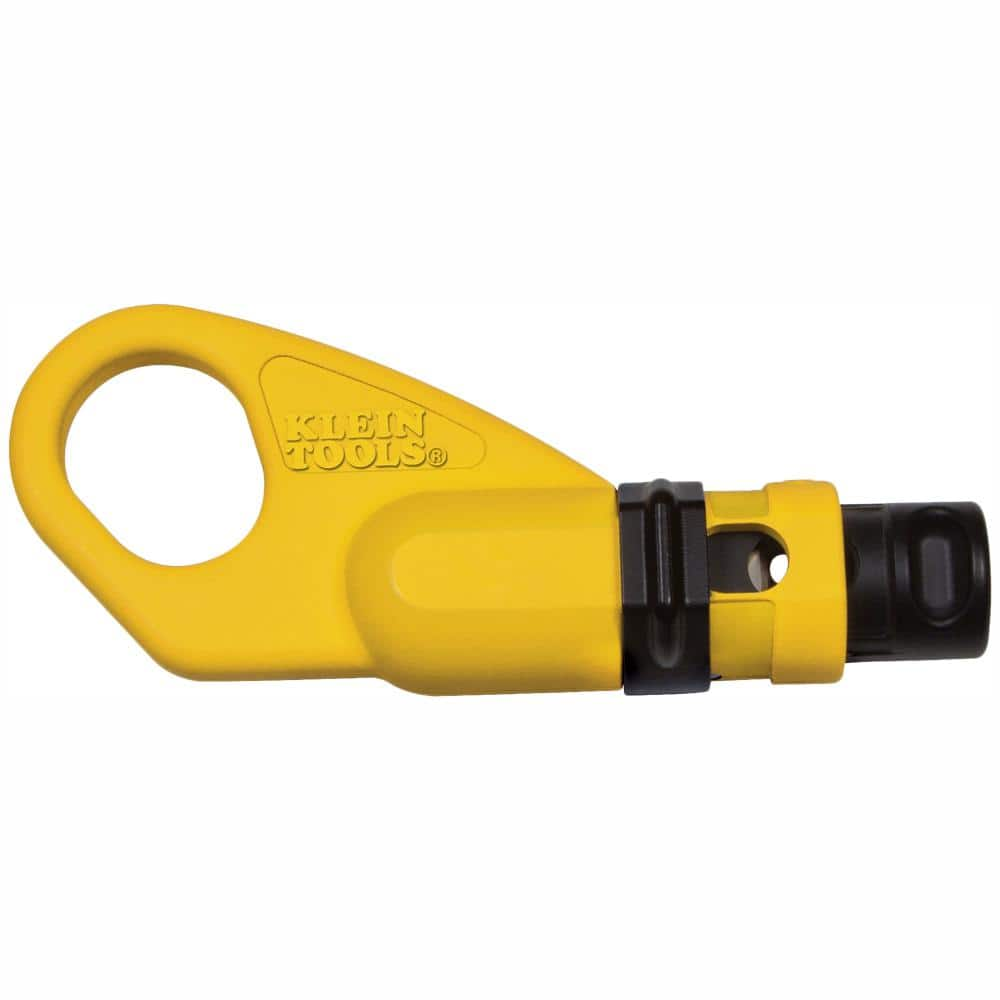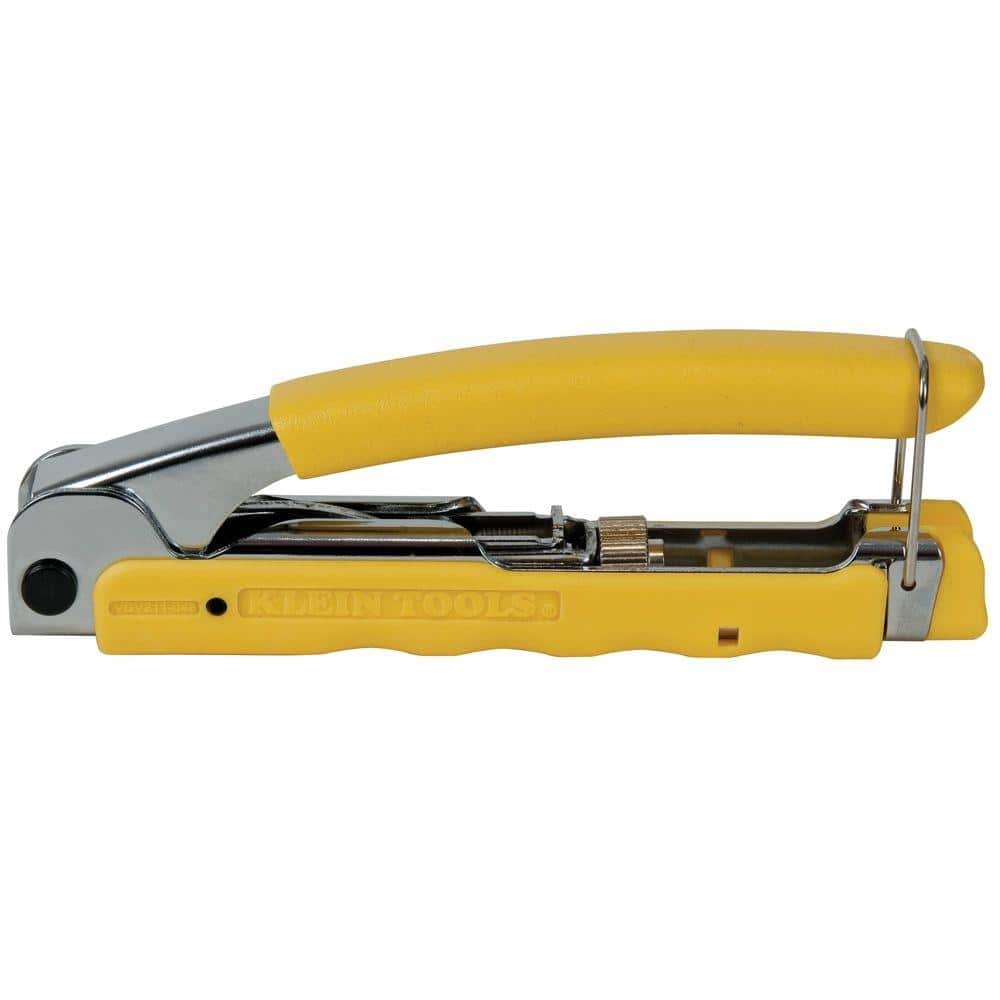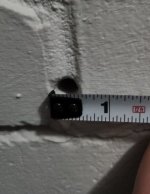Hey guys, I'm hoping you can steer me the right direction in case I'm off course.
I purchased the L-com HGV-906U. I'll be aiming for the Hippie Hill Farm control channels at 771Mhz. (Grundy,TN)
I plan to use LMR240UF for the entire cable run because I already have holes in the side of my house from TV coax and don't really want to waller them out anymore. It will be around 40 feet of cable.
When I went to antenna farm and tried to build a cable I was overwhelmed.
I will need an N-Male for antenna side and BNC Male on other end for scanner side.
To save a little $ I'm thinking TerraWave CON-07-240 for N and TerraWave CON-12-240 for BNC..?
A few lingering uncertainties is with the connectors already installed I may have to do a little wallering. (this is undesirable, some of it is brick)
If one cable end is left uninstalled ill have to crimp it myself and I've never done it. Is there one easier than the other?
Also, I'm unsure how flexible 240uf is and if i should be connecting straight to scanner.
Any input is appreciated, I'm very new at this.
Thanks!
I purchased the L-com HGV-906U. I'll be aiming for the Hippie Hill Farm control channels at 771Mhz. (Grundy,TN)
I plan to use LMR240UF for the entire cable run because I already have holes in the side of my house from TV coax and don't really want to waller them out anymore. It will be around 40 feet of cable.
When I went to antenna farm and tried to build a cable I was overwhelmed.
I will need an N-Male for antenna side and BNC Male on other end for scanner side.
To save a little $ I'm thinking TerraWave CON-07-240 for N and TerraWave CON-12-240 for BNC..?
A few lingering uncertainties is with the connectors already installed I may have to do a little wallering. (this is undesirable, some of it is brick)
If one cable end is left uninstalled ill have to crimp it myself and I've never done it. Is there one easier than the other?
Also, I'm unsure how flexible 240uf is and if i should be connecting straight to scanner.
Any input is appreciated, I'm very new at this.
Thanks!





